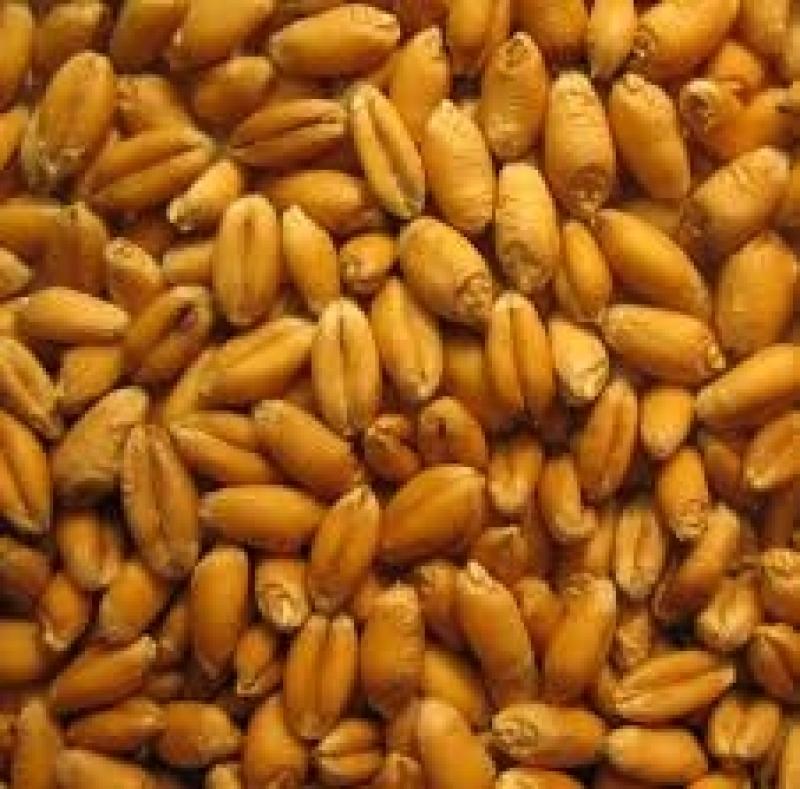
Wheat was cultivated since pre-historic times in the world. It seems that its center of origin is South Western Asia. Wheat is also used for manufacturing of bread, flakes, cakes, biscuits etc. Wheat contains more protein [8-15% (grain), 8-13% (flour)] than other cereals. Wheat proteins are of special significance. Besides their significance in nutrition, these are principally concerned with providing the characteristic substance 'gluten', which is very essential for backers. There are fundamental reasons of selecting Wheat as major selling products at EAX:
- Wheat producers and traders can store their productions for a period of up to 9 months, therefore improve their selling strategies.
- Wheat is considered the primary crop for national strategic grain reserve among EAC region
- Wheat plays an important role in food security and contributes to poverty reduction. Millers and food processors are increasingly looking at Wheat for food processing activities.
- wheat production can be competitive in imports/export business.
- It is a good crop for fighting hunger as it is easier to store
EAX strategy is to sell highest quality of Wheat within the region. EAX Wheat is stored, graded, cleaned, re-bagged or packaged in accordance to EAC standards. Wheat that EAX warehouses management allow to receive should have the moisture content of at least 13%. Wheat is then serviced with high quality fumigation technics to keep it free from weavers, insects or any other foreign matter. Traded Wheat commodity standard for EAX Wheat is Wheat (WH) grouped into 4 different grading standards:
- WH1 : Wheat Grade 1
- WH2 : Wheat Grade 2
- WH3 : Wheat Grade 3
- WH4 : Wheat Grade 4
